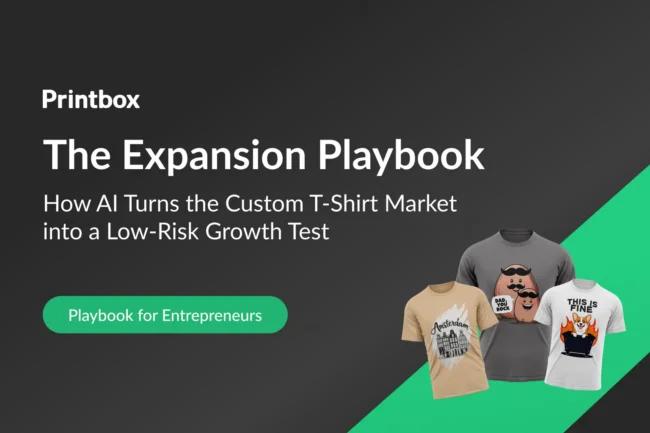People are not the same. Everyone would like to read only relevant content and view carefully targeted products. Frequently, that is hard to achieve because current personalization options are not good enough yet. With the help of AI ( Artificial Intelligence) and gathering behavioral data, personalization marketing will be an even more powerful weapon for businesses soon.
Personalization now: a 1-to-1 approach
A 1-to-1 approach is a huge factor in Netflix, Amazon, and Spotify’s success. Full name and age of a prospect or a customer are no longer enough. Current efforts aim to get as much information as possible about a client. Companies that are using personalization with their delivery, already have access to:
- Browsing habits
- Brand affinity
- Search Query
- Average time spent on search
- The preferred medium of communication etc.
That kind of data, in good and experienced hands of a marketer, will positively impact your results in the market. Why personalization is that important? According to Instapage, “77% of consumers have chosen, recommended, or paid more for a brand that provides a personalized service or experience.”
Everything counts
Brands are trying to be active on every medium nowadays. An online presence, for example, on social media and digital print or offline is a must for everyone – from online stores to even call centers. Messages to the customer across these channels can’t be the same. Marketing specialists understand that. Therefore, Customer Data Platforms (CDP) are constantly evolving. CDP is a huge help for companies to gather data from multiple marketing channels in one place. It helps to create an individual message to the client. Even though it is not a tool refined in every detail yet, there is space for more automation and it has high potential in personalization marketing. To emphasize how well the industry is developing: CDP Institute estimates 2019 revenue at $1 billion and projects 2020 industry revenue of at least $1.3 billion.
The power of AI
Presenting content based on our current emotions and health condition seems like an idea from a science fiction movie. Well, not really. A company of the richest man in the world already figured it out. There is a patented technology from the Amazon that lets Alexa read people like an open book. Happiness, anger, boredom – the system will recognize all of these emotions through analyzing harmonicity, pitch, and jittering of your voice. In addition to analyzing your emotional state, Alexa thanks to these parameters can also find out whether you are sick! If the patented solution works properly, you will not even have to search for anything. The ad of a desirable medicine will display itself on your screen. As they say – empathy is the basis of strong relationships. Complex purchases are very time-consuming. Finding the right product is sometimes hard and demanding. However, with constantly evolving digital assistants like Alexa, such a problem will not exist.
Predicting people’s preferences
Buying lasting things like a car or a flat is always a long process. In the future, there will be an alternative to that in the shape of predictive personalization. What is that? Let’s assume that we have all of the necessary information about the customer. For example, John is 29 years old and he is looking for a flat in Phoenix. We know his current address and his approximate credit score. We know his family size, where he is working, and that he would like to ride by electric scooter to his workplace (because he bought one). Let’s go one step further. We know he is excited at that moment – we can present him with a bit more expensive flat. That way, we found him a perfect apartment: nearby his current job, big enough for his family, and in his budget. The system provided him with the best solution on our website, with the help of our database.
What does a customer want to see?
It is not just about what you see, but how you see it. Here comes hyper-personalized content – which means when you are sitting in the cafe in sunny Valencia browsing for a new bike, you do not want to see on the website a determined cyclist overcoming a snowstorm. You would like to see a photo you could identify with. In that case, you want to see a happy citizen wearing sunglasses in 30-degrees weather and enjoying his biking in the city. If a company had delivered you that kind of personalized message, then it is a high chance that you would have liked the brand. Maybe even you would buy a bike on that website. This has been done for the first time in 2015 (https://www.retaildive.com/ex/mobilecommercedaily/very-co-uk-rolls-out-unique-weather-data-driven-ad-campaign) but we still haven’t seen it enter marketing mainstream and we can only expect it to become one of the hottest ideas in the upcoming years.
Conclusion
Personalization in marketing has enormous potential without a doubt. However, where is a boundary between highly personalized messages to the customer and privacy? There are good and bad sides. From the point of the customer’s view – we can have terrific consumer experience, with minimalized effort and time for searching a product. On the other hand, the system knows about us almost everything. Is this a utopia or Orwell’s prophecy? One thing is for sure – marketers will not stop gathering as much data as possible to deliver even more personalized content than they do now.




